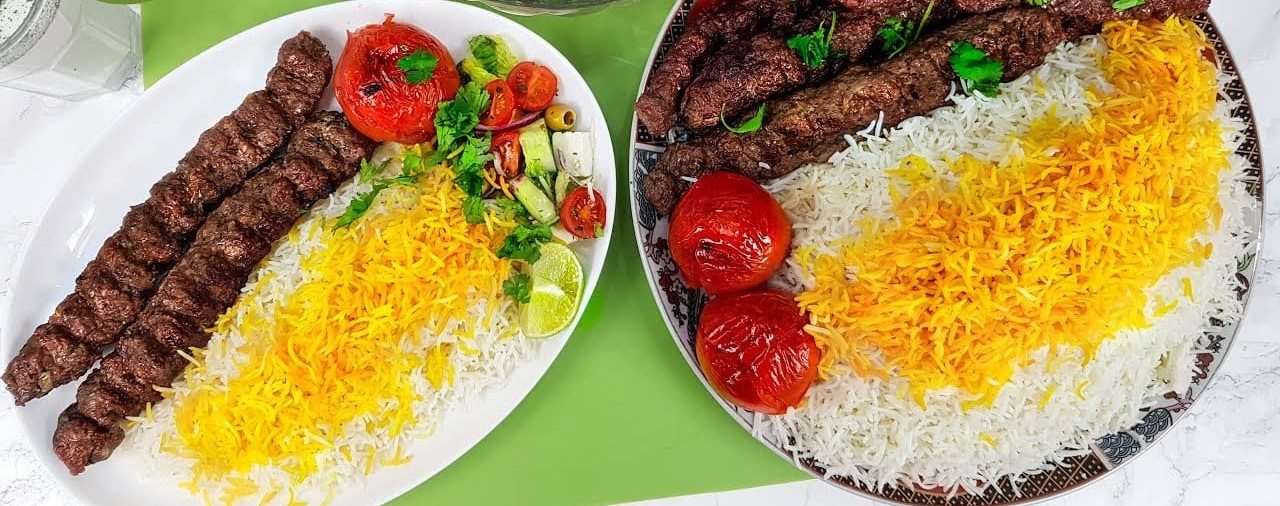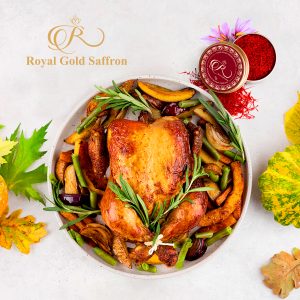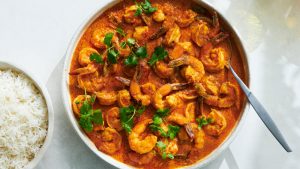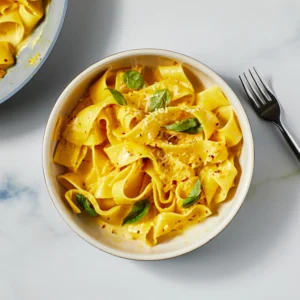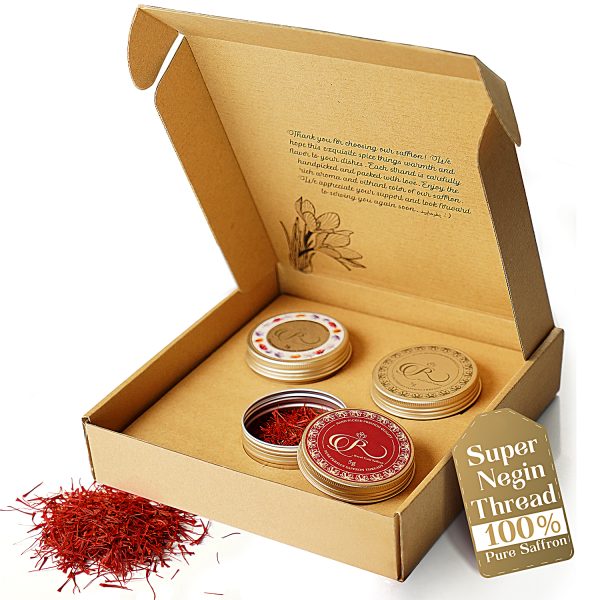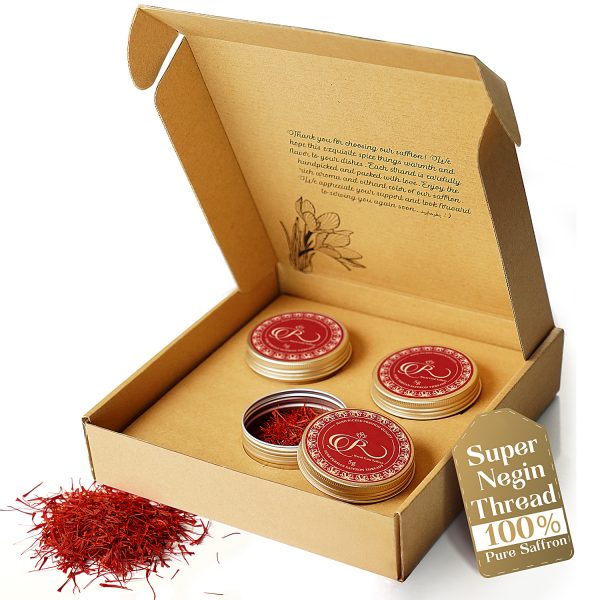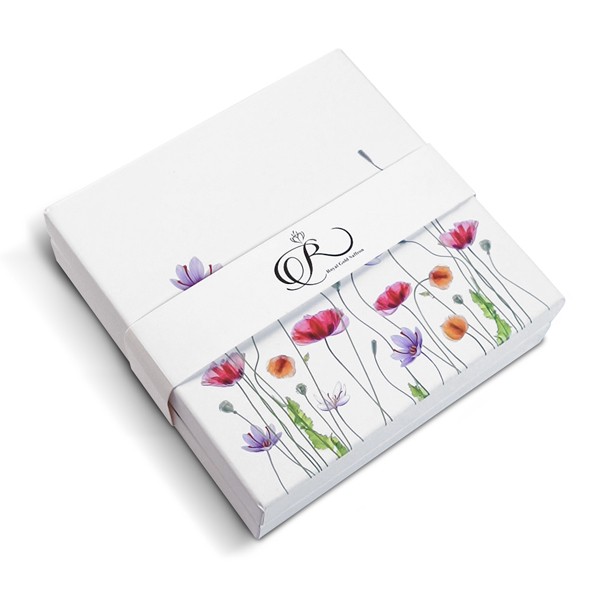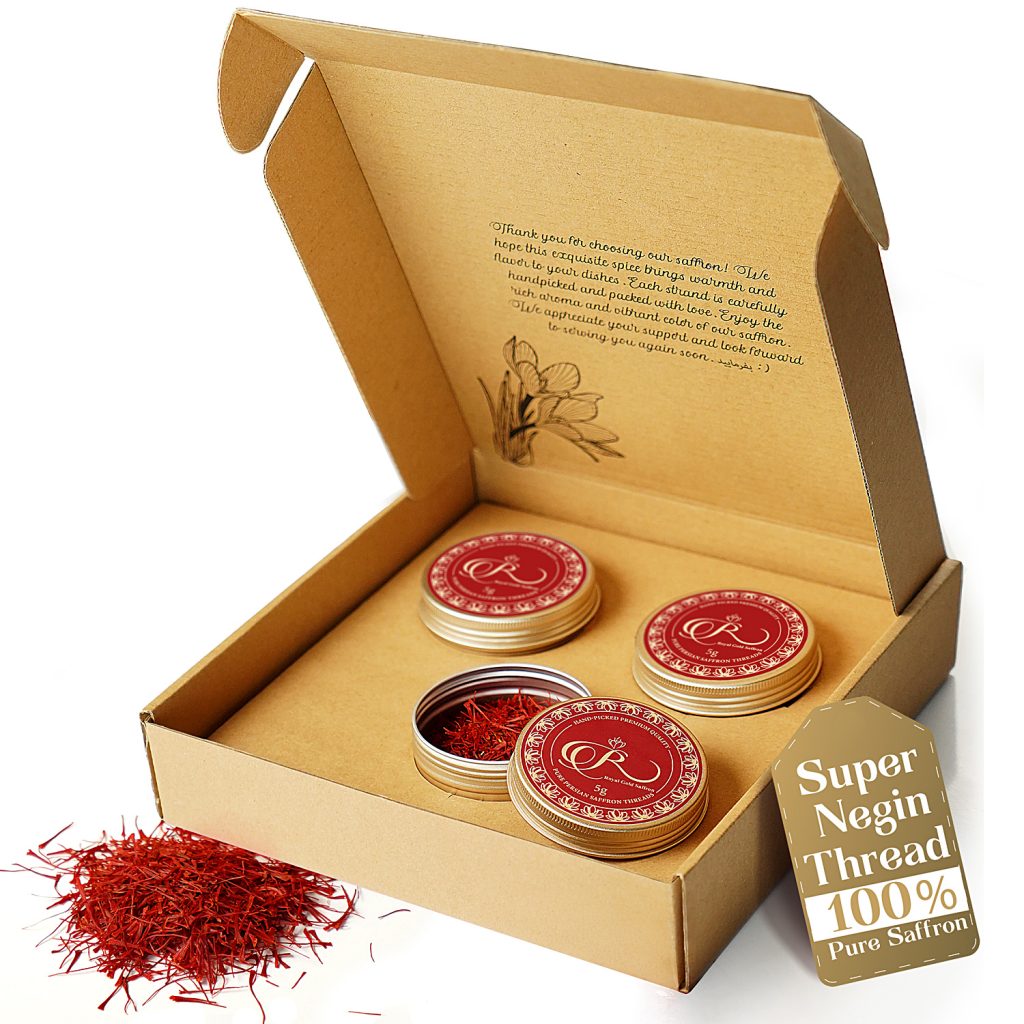Table of contents
- Understanding the Essentials: Chelo, Koobideh & Saffron Rice
- Recipe 1: Classic Koobideh with Buttered Saffron Pull-Apart Rice
- Recipe 2: Koobideh with Yogurt-Infused Saffron Tahdig
- Recipe 3: Flame-Kissed Koobideh with Saffron-Butter Rice
- Recipe 4: Lean Beef & Parsley Koobideh with Iranian Saffron Rice
- Recipe 5: Koobideh with Delectable Saffron-Butter “Pologh” Rice
- Common Techniques & Pro Touches for All Variations
- Serving Suggestions & Pairings
- 10 Unique FAQs
- More About Saffron Applications:
- Purchase link
Understanding the Essentials: Chelo, Koobideh & Saffron Rice
What Makes Koobideh Unique
Koobideh comes from ground lamb or beef often with a bit of fat mixed with grated onion and lightly seasoned. The name means “pounded kebab,” honoring how the meat was traditionally beaten to meld flavors and bind it tightly to flat skewers.
Secrets of Perfect Saffron Rice (Chelo)
Chelo is steamed Persian rice that’s fragrant, fluffy, and layered with butter and saffron. Precision in washing, soaking, and steaming is what separates good from spectacular.
Recipe 1: Classic Koobideh with Buttered Saffron Pull-Apart Rice
Ingredients
- 500 g ground lamb or beef (20–35% fat)
- 1 large grated onion (well-drained)
- Salt and black pepper
- Pinch of turmeric or sumac (optional)
- 2 cups basmati rice, soaked and drained
- Butter, oil, and saffron-infused water
Cooking Steps
- Knead meat and onion thoroughly until sticky.
- Form around wide flat skewers and grill or broil until perfectly charred.
- Cook chelo: parboil rice, drain, then steam with butter and saffron for beautiful color and fragrance.
Tips for Juiciness & Skewer Retention
- Keep skewers cool and work with cold meat to reduce slipping.
- Shape firmly and evenly.
- Bloom saffron properly in warm water to maximize aroma.
Recipe 2: Koobideh with Yogurt-Infused Saffron Tahdig
Benefits of Yogurt Tahdig
Using a mix of yogurt, egg yolk, and saffron on the bottom of the pot creates irresistibly golden and mouthwatering tahdig, an indulgent crust prized in Persian cooking.
Step-by-Step Instructions
After par-cooking rice, mix in saffron and yolk mixture, creating a crispy base; layer kebab atop, then steam until the crust forms.
Recipe 3: Flame-Kissed Koobideh with Saffron-Butter Rice
Flavor-Causing Techniques
Grill over high heat, flipping early and often to seal in juices and prevent fall-offs. Finish with saffron-butter brushed over kebabs just off the fire for sizzle and scent.
Recipe 4: Lean Beef & Parsley Koobideh with Iranian Saffron Rice
Healthier Ground Beef Mix Options
Use lean beef mixed with finely chopped parsley and onion for freshness with less fat. Grate onion, squeeze excess moisture to maintain a stable texture.
Rice Preparation
Rinse well, soak for up to an hour, then steam with saffron water and a pat of butter for long, separate grains.
Recipe 5: Koobideh with Delectable Saffron-Butter “Pologh” Rice
What Is “Pologh”?
Pologh refers to richly flavored, buttery polow rice think chelo, but with more butter and saffron depth.
Layering Meat & Rice Harmoniously
Cook kebabs slightly first, then layer on top of rice halfway through steaming to let flavors mingle gently.
Common Techniques & Pro Touches for All Variations
- Meat-binding & Temperature Control: Keep the mixture slightly cold—this helps it cling to skewers.
- Saffron Blooming & Layering: Bloom saffron in warm water or butter, drizzle over rice and meat for color and aroma.
- Steaming Skills for Perfect Rice & Tahdig: Wrap lid with a towel or use a tight seal to trap steam and avoid soggy tahdig.
Serving Suggestions & Pairings
Traditional Sides
Beverage Complements
- Cold doogh (yogurt drink), Persian black tea, or minty lemonade for balance.
Leftovers, Storage & Reheating Strategies
Store meat and rice separately. Reheat rice in the oven or stovetop with a splash of water or butter to revive the tahdig’s texture. Grill or rewarm kebab gently to maintain juiciness.
Troubleshooting Common Koobideh Issues
Falling Off Skewers?
Chill the meat, knead well, don’t overload skewers, and don’t overcook early.
Dry Meat or Clumpy Rice?
Increase fat in kebab mix slightly and ensure rice is rinsed and drained thoroughly before steaming.
Conclusion
5 professional takes on Chelo Kabab Koobideh, with classic buttered rice, indulgent yogurt tahdig, flame-kissed versions, lean options, and luscious pologh style, let you bring your best Persian BBQ to the table. They’re techniques worth mastering and flavors worth savoring.
10 Unique FAQs
Can I substitute chicken for kebab? While not traditional, chicken koobideh with saffron chelo can work, just adjust cooking time.
What’s the ideal meat-fat ratio? 20–35% fat gives juicy kebabs, too lean and it’ll dry out, too fatty and it’ll drip off.
How long should I soak rice? 30 minutes to 1 hour is perfect for plump, separate grains.
How do I bloom saffron properly? Crush a few strands and steep in 1–2 tbsp warm water for 10+ minutes before using.
Tahdig stuck? Tips for release? Let the pot rest upside down on a towel for a few minutes before flipping—this helps release.
Can I bake koobideh instead of grill? Yes—broil or bake at 200°C (400°F) flipping when edges look cooked.
Is buying wide flat skewers necessary? They help kebab stick better, but metal skewers also work if you shape meat firmly.
How to add smoky flavor without charcoal? Briefly hold a small smoking-hot coal in a covered bowl with the cooked kebab (dhungar method).
Can I make it gluten-free? Absolutely, all main ingredients are naturally gluten-free.
Best way to serve for gatherings? Pre-skewer kebabs, pre-cook rice, and reheat; then grill quickly before serving with minimal fuss.
More About Saffron Applications:
- Saffron (Crocus sativus L.): A Source of Nutrients for Health
- Saffron (Crocus sativus) for depression
- How Saffron Could Benefit Your Health
- Effect of saffron supplementation on oxidative stress markers
- Crocin

